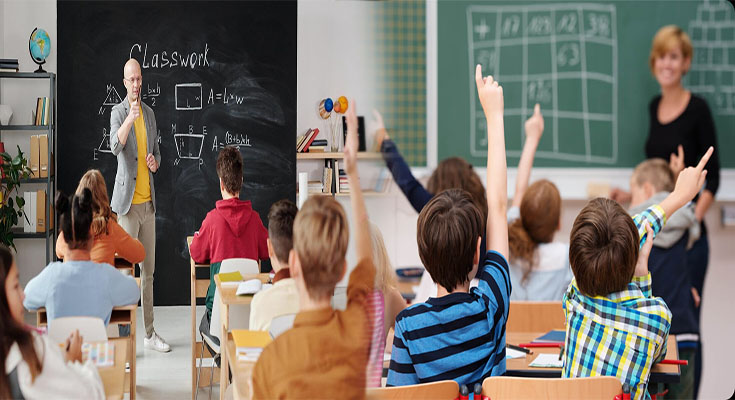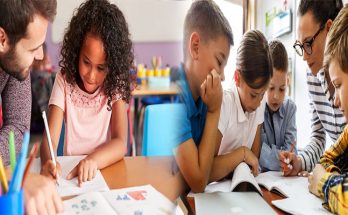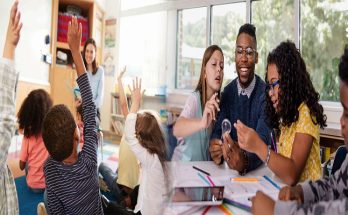Active learning is a teaching approach that actively involves students in their learning process. It goes beyond traditional passive learning methods where students simply absorb information. By engaging students in active learning, educators can enhance student engagement, promote critical thinking, and improve overall learning outcomes. In this article, we will explore several active learning techniques that teachers can employ to enhance student engagement in the classroom.
1. Collaborative Learning
Collaborative learning encourages students to work together in groups, fostering discussion and peer-to-peer learning. Teachers can organize group activities, discussions, or projects that require students to actively participate and contribute their ideas. By working collaboratively, students can learn from each other, share perspectives, and develop important social and communication skills.
2. Problem-Based Learning
Problem-based learning involves presenting students with real-world problems or scenarios that they need to solve. This approach encourages active engagement as students are required to analyze, investigate, and apply their knowledge to find a solution. Through problem-based learning, students become active participants in their own learning journey, developing problem-solving skills and critical thinking abilities.
3. Flipped Classroom
The flipped classroom model reverses traditional teaching methods by delivering instructional content outside of the classroom, usually through videos or online materials. In-class time is then utilized for interactive activities, discussions, and application of knowledge. This approach allows students to learn at their own pace, review content when needed, and actively engage with the material during class time.
4. Role-Playing and Simulations
Role-playing and simulations enable students to actively participate in interactive scenarios that simulate real-life situations. This technique enhances student engagement by immersing them in hands-on learning experiences. By assuming different roles and engaging in problem-solving activities, students can develop critical thinking skills, improve decision-making abilities, and gain practical knowledge.
5. Gamification
Gamification involves incorporating game elements into the learning process to enhance student engagement. By adding elements like points, badges, and leaderboards, educators can create a more interactive and competitive learning environment. Gamification motivates students to actively participate, encourages healthy competition, and improves retention of information.
6. Peer Teaching
Peer teaching involves students taking on the role of the teacher, explaining concepts or skills to their classmates. This technique promotes active learning as students must understand the material thoroughly in order to effectively teach it to others. Peer teaching also encourages collaboration, builds confidence, and strengthens communication skills.
7. Active Discussions and Debates
Engaging students in active discussions and debates stimulates critical thinking and encourages multiple perspectives. Teachers can pose thoughtful questions or present controversial topics to spark meaningful conversations. By actively participating in the discussions, students develop analytical skills, improve communication, and learn to respectfully consider other viewpoints.
Incorporating active learning techniques in the classroom can greatly enhance student engagement and effectiveness. By moving away from passive learning methods and encouraging students to actively participate, educators can create a more dynamic and interactive learning environment. Through collaborative learning, problem-based learning, flipped classroom, role-playing, gamification, peer teaching, and active discussions, students can develop critical thinking skills, improve their understanding of complex concepts, and become active lifelong learners.





